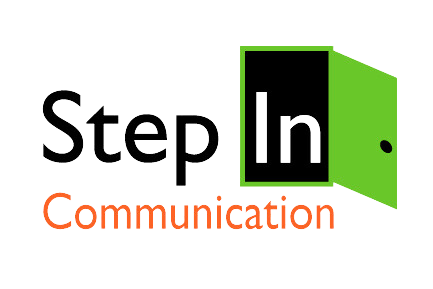
Influencers and brands have been in the news lately and not in a good way. Dishonesty in campaigns – it’s rampant in the world of working with influencers. But it’s not that difficult for brands and influencers to find common ground. Brands philosophically understand why working with influencers can elevate their efforts. Influencers need brands to keep their independent media channels growing.
But it’s clear from recent news coverage that the ocean is choppy and brands and influencers are having a tough time navigating their courses.
Influencers Who are Faking It Make the Rest Look Bad
Two recent examples point to flaws among the influencer community. Rachel Hollis, a blogger turned speaker and author recently attracted unwanted attention after she was accused of plagiarizing quotes on her Instagram channel.
Another recent story involves Aggie Lal, a lifestyle influencer. It came to light after she charged $500 to join a master class, which turned out to be anything but masterful. Some of the 380 participants (do the math on what she may have earned from the project) were so angry they turned to other social networks to complain loudly and publicly.
The Atlantic recently reported on just how rampant “fake deals” are among the influencer community, which should shock anyone in the field of marketing and communications.
“Lifestyle blogging is all about seamlessly monetizing your good taste and consumer choices, which means it can be near-impossible for laypeople to tell if an influencer genuinely loves a product, is being paid to talk about it, or just wants to be paid to talk about it,” wrote Taylor Lorenz in The Atlantic.
This only scratches the surface of the problem of transparency with influencers. Many influencers who are trying to establish themselves in the space know just enough from a conference they’ve attended or a presentation they’ve heard to bravely approach brands. Often they use specific language about what they’re offering you and what they want you, the brand, to do. Others are more vague, saying things such as “we’d like to partner with you” which means they’d like to get paid, but want you to reveal your budget first.
This ruins it for the influencers who are conscientious, transparent and communicative. Because they are out there. I’ve worked with hundreds of them and it’s a joy to bring to life a campaign that perfectly marries the right influencer with the right brand.
Brands Have Reputation Issues Too
Late last year, shoe retailer Payless created a fake pop up store and tricked more than 80 influencers into thinking the shoes were part of a new luxury brand. The story, which you can read here also describes how they “revealed” the trick to the participants. (Payless recently filed for bankruptcy and is in the process of closing its stores).
While philosophically, brands understand influencers, they just can’t figure out where they fit in. Are they like a journalist? No? Are they like a marketing promotion partner? Sometimes? Are they like sponsored content? Sometimes?
One of the biggest brand hurdles is FOMO – Fear of Missing Out. They want to get into the influencer game, they know it’s on trend, but guess what? Maybe they didn’t do their research. Or they’ve made small advances with a few select influencers here and there and believe they got burned, so that defines how they feel about the future of influencer marketing.
Our team has assisted many brands to get started working with influencers. We help them answer a lot of questions. Who should I choose and why? What do I ask them? Do I pay them? How and when? What can I expect from them?
Making the Right Match between Influencers & Brands
Clearly, there is huge room for improvement between influencers and brands. Here are three things influencers AND brands can do to make the right match.
Do Your Homework
Influencers: Research the brand who approaches you or the one you are targeting. Look at their marketing, their social channels, and visualize where you might fit in.
Brands: Research every influencer you’re interested in AND those who approach you directly. Are they who they say they are? Who have they worked with before?
Clear and Concise Communication
Influencers: don’t oversell to a brand. Be honest about your past work and where you are in your influencer journey.
Brands: Be clear about what your influencer activation policy is and most importantly, WHAT IT IS NOT.
Expectations
Influencers: get your work in on time and do more than expected. Ask questions until you’re clear what is being asked of you and by when.
Brands: be clear and reasonable about what you want the influencer to do. Is it number of words, number of posts, reporting on engagement? Define it.
Make Strategic Decisions
Influencers: Don’t hit up every brand in your industry or in your geography. Be selective and targeted.
Brands: make sure the influencer is the right fit. Just because they’re “big” or well known does not mean they will work for you.
As influencer and brand activations continue to accelerate, it’s more important than ever that we negotiate equitably and honestly. It’s not difficult to find common ground between influencers and brands if you plan and prepare for the project. If you want help getting an influencer program started for your organization, call us. We’re here to help.
